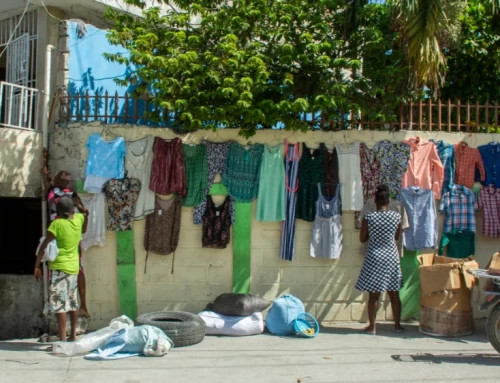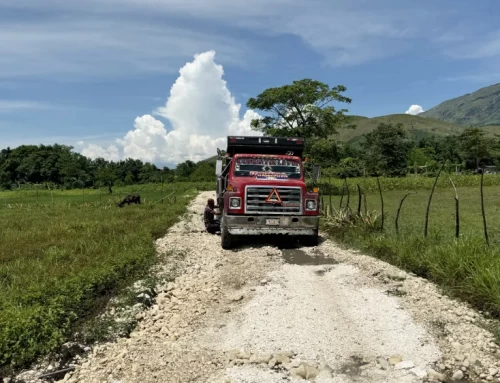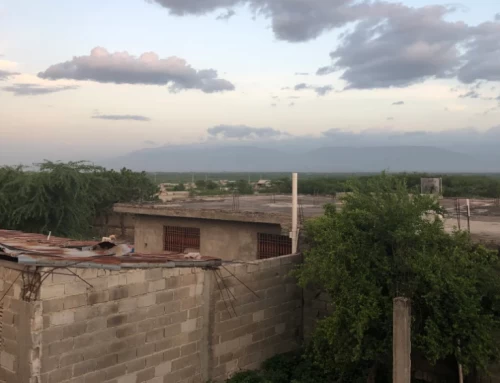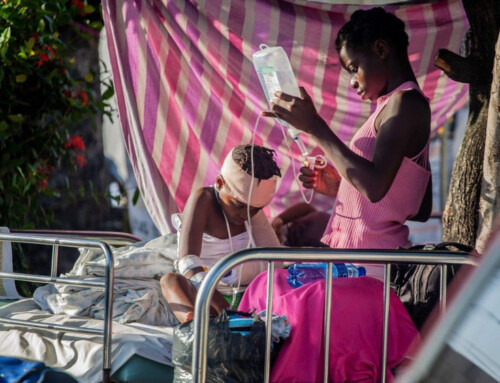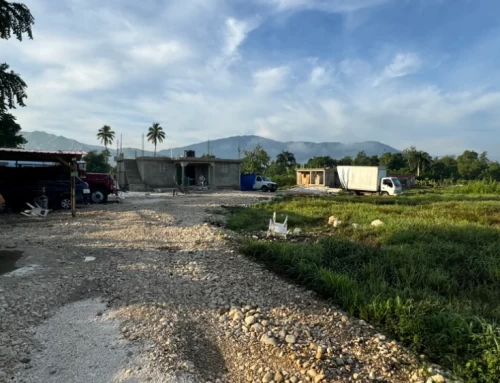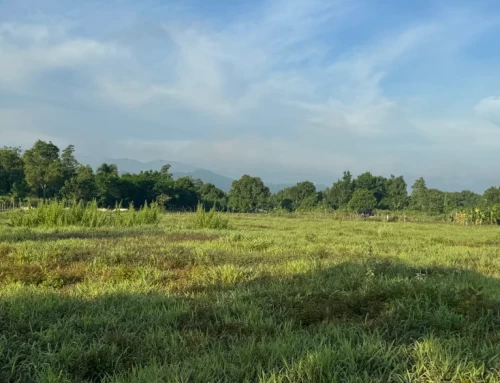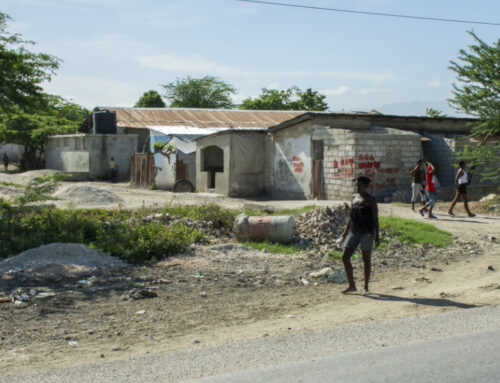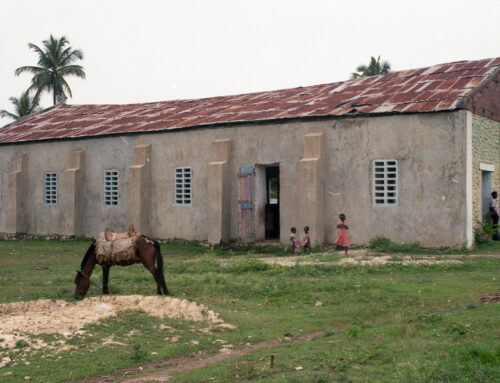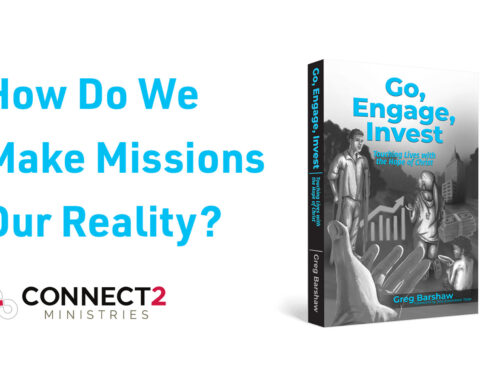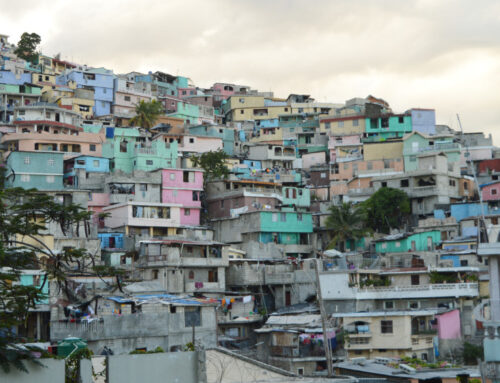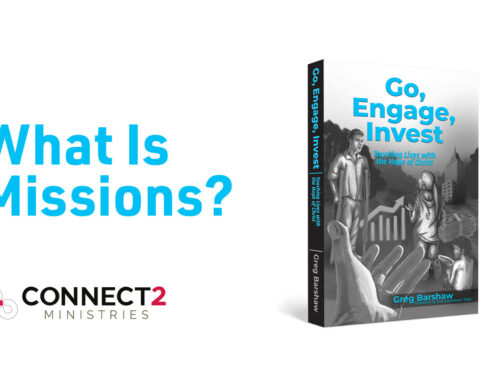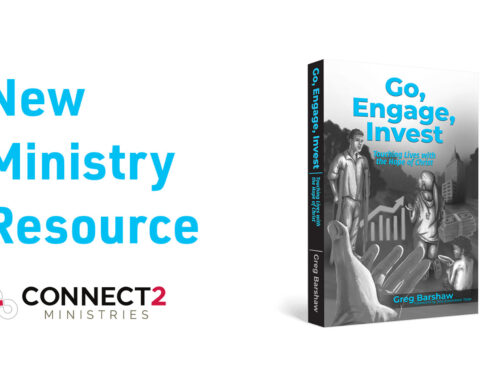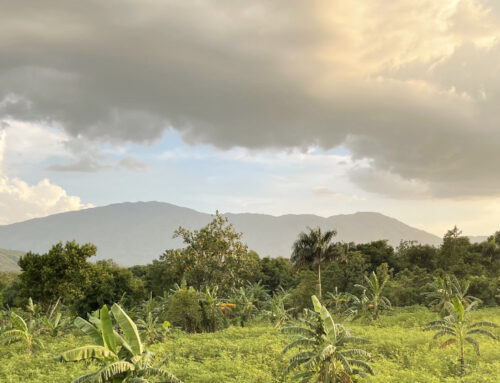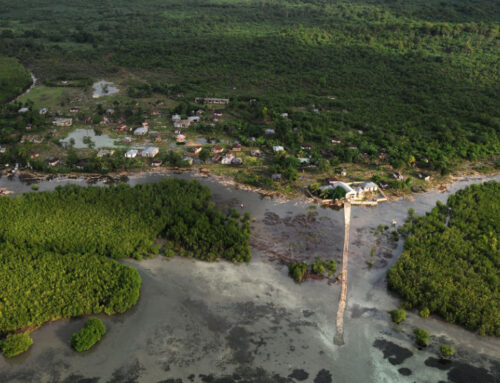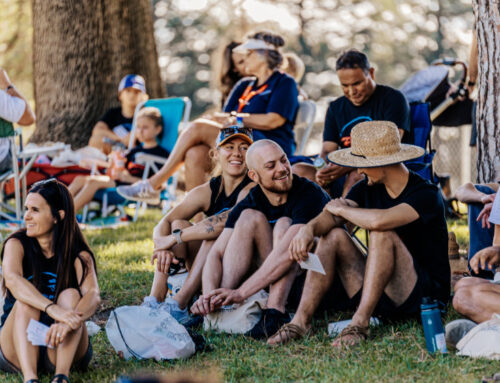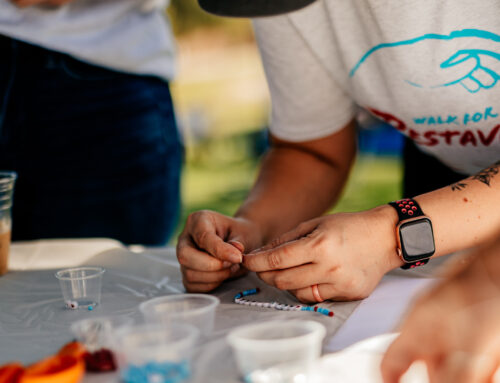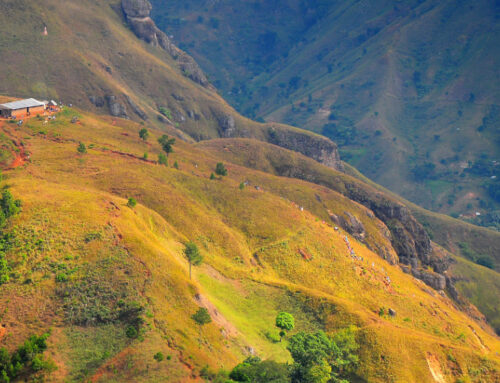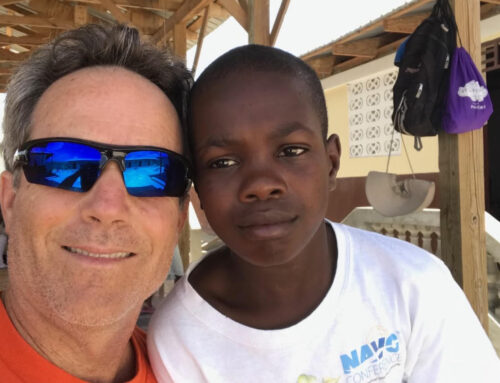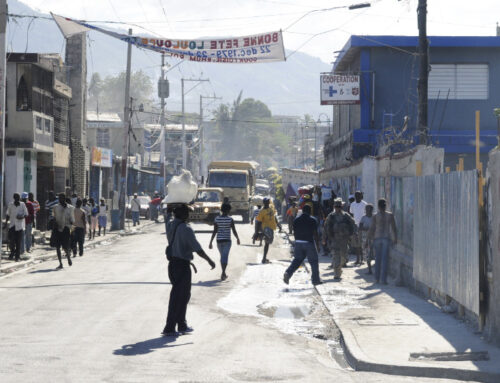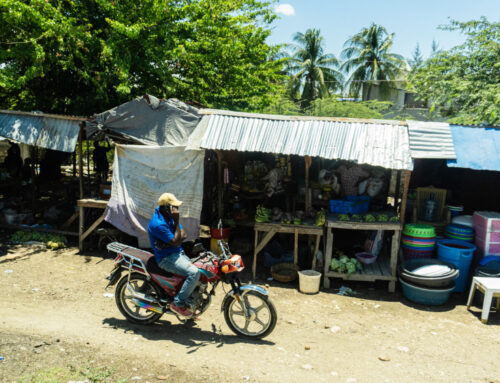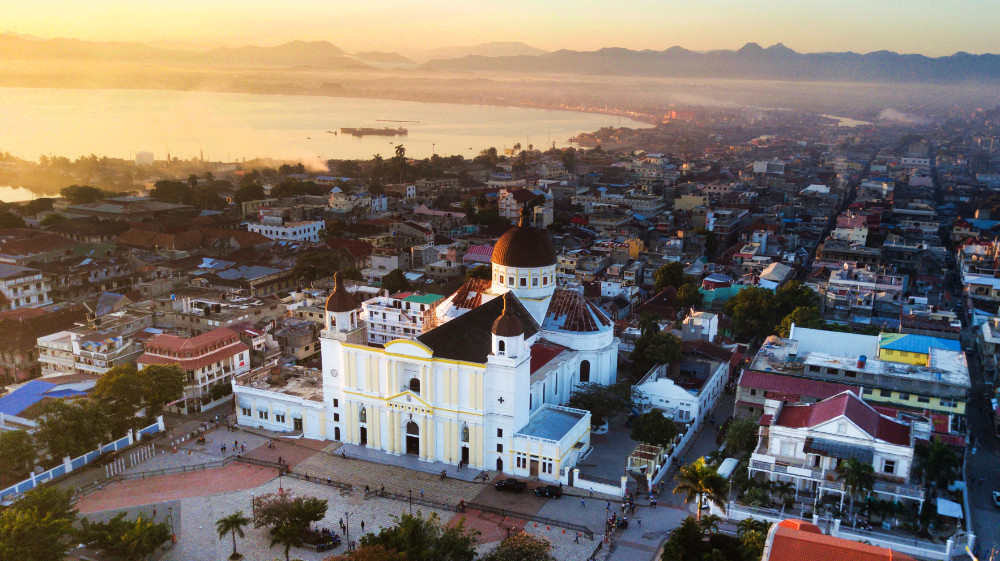
Connect 2 Ministries got its start because of a God-given burden for the church in the US. Over my years in ministry, I came to believe that the church in North America had lost its passion and purpose. Church activities thrived, but outreach ministries struggled. Through many providential conversations, I came to see that some of the pastors I knew and loved felt the same about their own congregations. So, in partnership with them, C2M was born.
The goal from the beginning was to help churches take people overseas. This cemented itself when a good friend of mine, a church planter, said “Some of us with smaller churches can’t afford to hire a missions pastor, but we could sponsor someone like you to help us prepare and take a team, lead them while in country, and send them back to us with a first-hand perspective of the power of gospel ministry.” To that end, this is how the first five years of C2M unfolded.
- 2008
The first year we took teams, the US economy was precarious. Because of that, many churches were pulling back on outreach efforts. However, God used the unstable economy as part of our growth. People couldn’t afford to serve on trips to Africa or Asia due to the flight costs alone, but the total cost of a trip to Haiti was under half that. It was amazing to watch as people joined us to support the church in Haiti, even when it required financial sacrifice. During the days, we would work alongside Haitian Christians on church and community projects, and in the evenings, we discussed issues of biblical worldview. We talked about why suffering exists, the unchanging goodness of God, and how we know we can trust Him in every circumstance. God was doing some truly amazing things, and we had a front row seat. - 2009
We took teams, we built relationships with churches in the US, and we continued thinking through ways to expand our efforts in Haiti. Late in December of 2009, I left for Haiti with a team from Crossroads Church in Santa Clarita. At the end of the trip, having preached in a Haitian church on Sunday morning, I flew with the team back to the US that evening, and the earthquake happened two days later, on Tuesday, January 12, 2010. - 2010
Because of my connection with the Red Cross, I turned right around and went back to Haiti. Over the coming days, I met with 350 pastors in Port-au-Prince to get a feel for what they saw as the needs and how we could help the city rebuild itself. There were 1.8 million people in tent cities. The gangs and thugs were raping women, stealing food, and trying to seize permanent power in the midst of severe instability. This set of circumstances gave us a vision: to rebuild twenty churches on the outskirts of Port-au-Prince, and provide them with food and medicine to distribute, so that people would leave the tent cities and go to the churches—for the resources, but in our minds the goal was that they would find true hope through the message of Jesus in the process. Giving tangible help was a vehicle for offering spiritual help. So many people came to Christ during those weeks. Our pastors built relationships in their communities, and people started to fill the churches because of it. - 2011
After helping rebuild and establish these churches, we started to focus on understanding the culture, evaluating it, and then forming a strategic plan to refocus cultural norms in a biblical way. We wanted to outline the practical steps needed to help the church grow in evangelism, and that involved identifying the neediest parts of society. That’s when we went out to Onaville. It was soon after that, in this process of absorbing and filtering the culture, that we began to hear the word “restavek.” That’s when we realized we had an opportunity. I asked our pastors at a conference how many of them knew the word “restavek.” They all raised their hands. Then I asked how many of them knew restaveks personally—all of them. “What does Jesus think about that?” I asked. So we started looking for answers together. I showed them Matthew 5: 16, which calls each of us to “let your light shine before others, so that they may see your good works and give glory to your Father who is in heaven.” We began to talk about what it would mean for the church to be doing good works in the community, and that’s how our ministry to restaveks was born. From the beginning, we were not there to end slavery in Haiti, but to show the light of the gospel through Christian faithfulness. - 2012
Two years after the earthquake, we had been working with Pastor Poyis consistently. He took me out to Onaville, which is a rural town outside Port-au-Prince, and he showed me a tent city of about 800,000 people. The government had decided the tent cities weren’t going to disperse on their own, so they started driving people, tents, and belongings to the surrounding areas and dropping them off. Poyis told me, “I would love to be able to plant a church out here and see these people come to Christ.” So we found and purchased some land and started construction on the first church. I asked Poyis, “What do you want to see this church accomplish?” and he said, “I want to see it be able to reclaim this community.” That’s where the name, Mission Église Chrétienne Rédemptrice or Church of the Redeemer, came from. The land became home to our full C2M compound, but we decided to build the church first to make the statement that the church is the core of every community. Then we built the medical clinic, and the dorms, and everything around it. Two years later, Mission Église Chrétienne Rédemptrice officially opened its doors.
Through this period of growth, we ended up rebuilding and building sixty churches overall in Port-au-Prince and the surrounding communities. Part of our strategy was to have a church in the US sponsor the rebuilding of each church in Haiti. This formed a network of partnerships that would grow into the ministry we praise the Lord for today. One year, the Lord allowed us to take thirty-five teams of supporters to Haiti in the span of twelve months. There was even a time when we had three teams there at once, with around sixty-five Americans on our campus. It has been an incredible blessing to watch God do amazing things like this in the process of reaching so many lives for Christ.
To learn how you can be praying with us for the ministry in Haiti, visit Prayer Requests.
Share This Story!
Join Our Email List!
Get our blogs delivered directly in your email, don’t miss an opportunity to read about our mission to save children and bringing the Gospel to Haiti.


